Bear Country
Reimagining Coexistence and Preserving History.
2022 – ongoing
Made possible by: Stimuleringsfonds – Regeling Talentontwikkeling; Cultuurfonds.
Team: Olivier Otten, Lauren Raaijmakers, Otto Calmeijer Meijburg, Sam Bos and Donát István Kuti.
Lectures about this project were given at Tent, Rotterdam, during Dutch Design Week 2024 for Stimuleringsfonds and as part of Domestic Territories for M.I.A.R.D.
“Bear Country” is an engaging artistic exploration by the Rotterdam-based audiovisual art studio, Berkveldt. This project dives into the rising European bear population and their potential migration towards the Netherlands, igniting crucial discussions on the Dutch coexistence between humans and wildlife. On the 25th of June, 2023, Berkveldt will offer glimpses of the footage they collected during their research and share their first experiences and insights in this presentation.
TENT, Rotterdam
Driven by artistic research and close collaboration with biologists, conservationists, and ecologists, Berkveldt’s speculative work embarks on a transformative journey. They have traveled across Europe to locations where the bear has already returned or has never left to capture how humans and bears cohabitate.
Large predators in a cultural landscape
Besides the wolf, more large predators are venturing into, or towards, the Netherlands. The Eurasian lynx has been spotted 20km away from the Dutch border and the golden jackal has already settled. According to some experts, if conditions remain favorable, even the brown bear could travel back to the Netherlands.
For years, ecologists knew that the wolf was on her way, but governmental bodies never made a national plan to guide cohabitation. When the wolf arrived, and started to cause economic damage, they were blamed. If such a relatively small and contact avoiding animal causes such a stir, what will happen when the bear arrives?
The artistic research
Our artistic research for this speculative project started with a historical analysis of the Dutch natural and cultural landscape. Until around 1000 AD, the brown bear lived throughout the area now known as the Netherlands, from the forests in the east to the dunes of the North Sea. Moreover, the brown bear used to live all over Europe, but due to excessive hunting, poaching and a decreasing habitat, the bear was almost eradicated from the continent. However, since 1945, the bear has been a protected species under the EU Habitats Directive, and because of more recent positive changes in their environment and successful nature protection, the population is on the rise and the bear is expanding their territory.
Throughout our research in the Netherlands, we have frequently spoken with experts. Leo Linnartz from ARK gave us insights into the ecology of the bear and their opportunities in the Netherlands. Susan Boonman-Berson shared her knowledge and experience of human-wildlife interaction and how we could adapt when we come to live in bear territory. Maarten Jacobs specializes in the psychological mechanisms involved in the human experience of wild nature. But we also went on two trips to visit areas where the bear already lives.
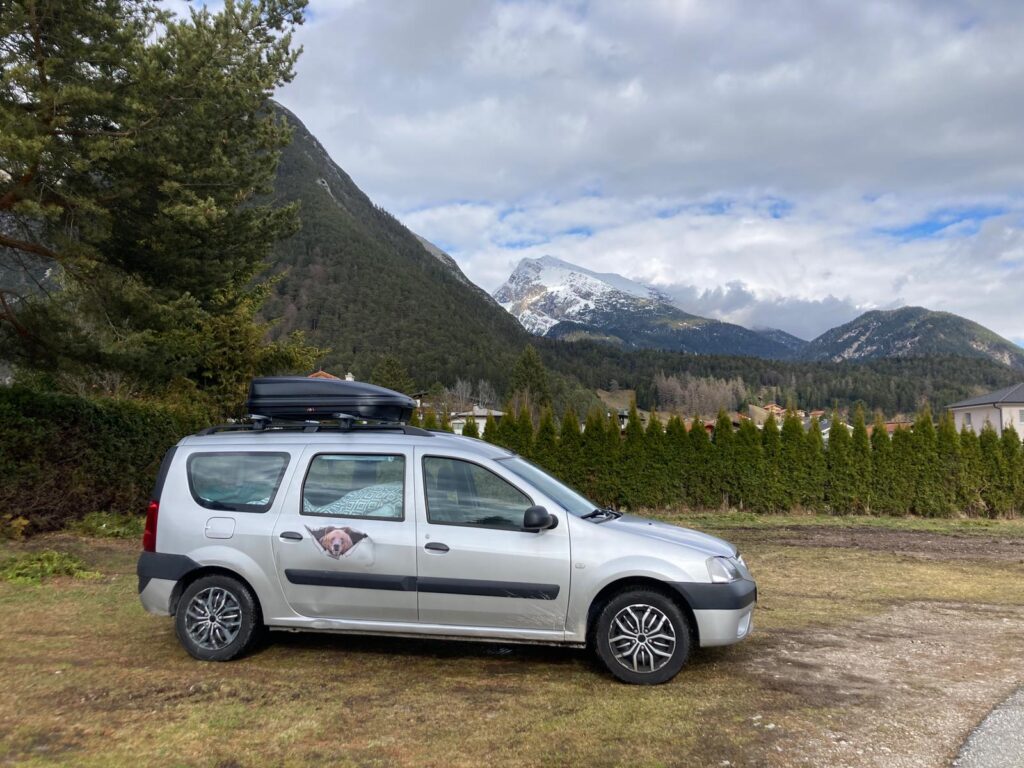
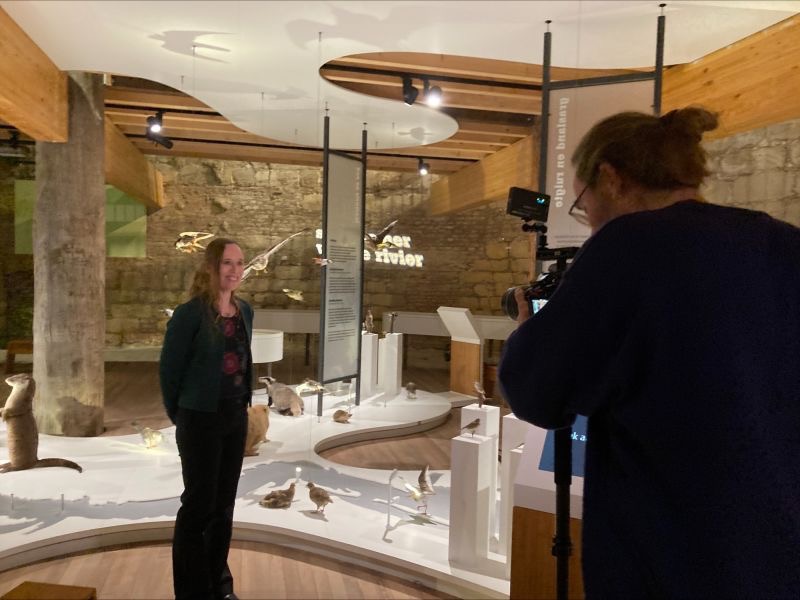
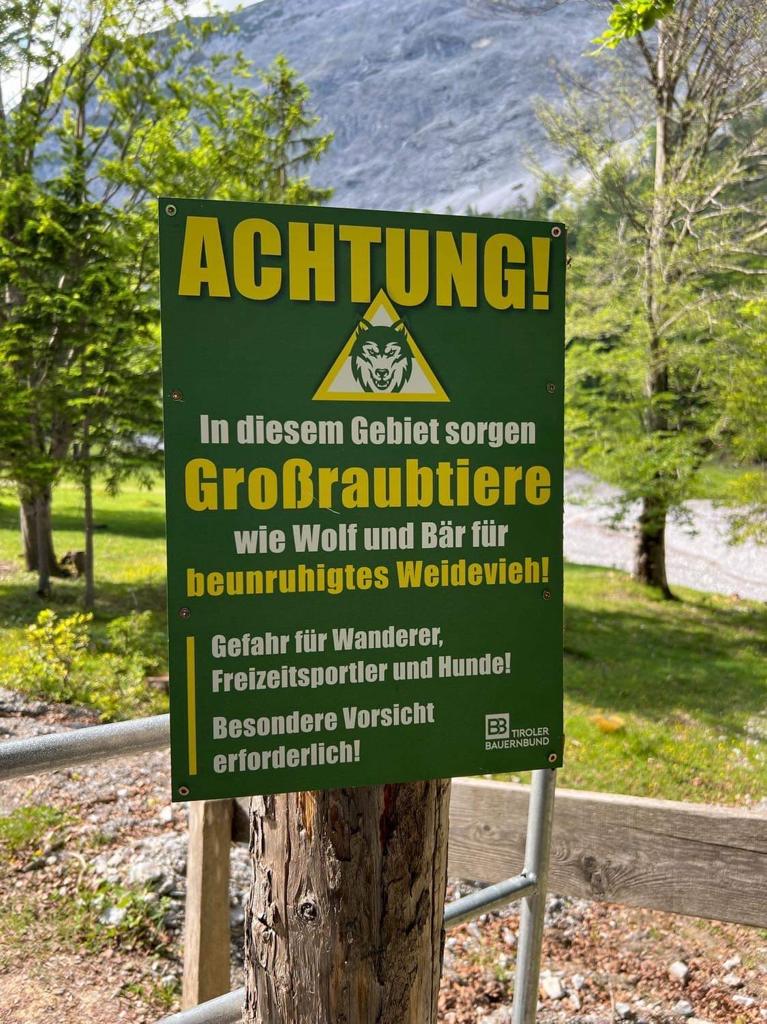
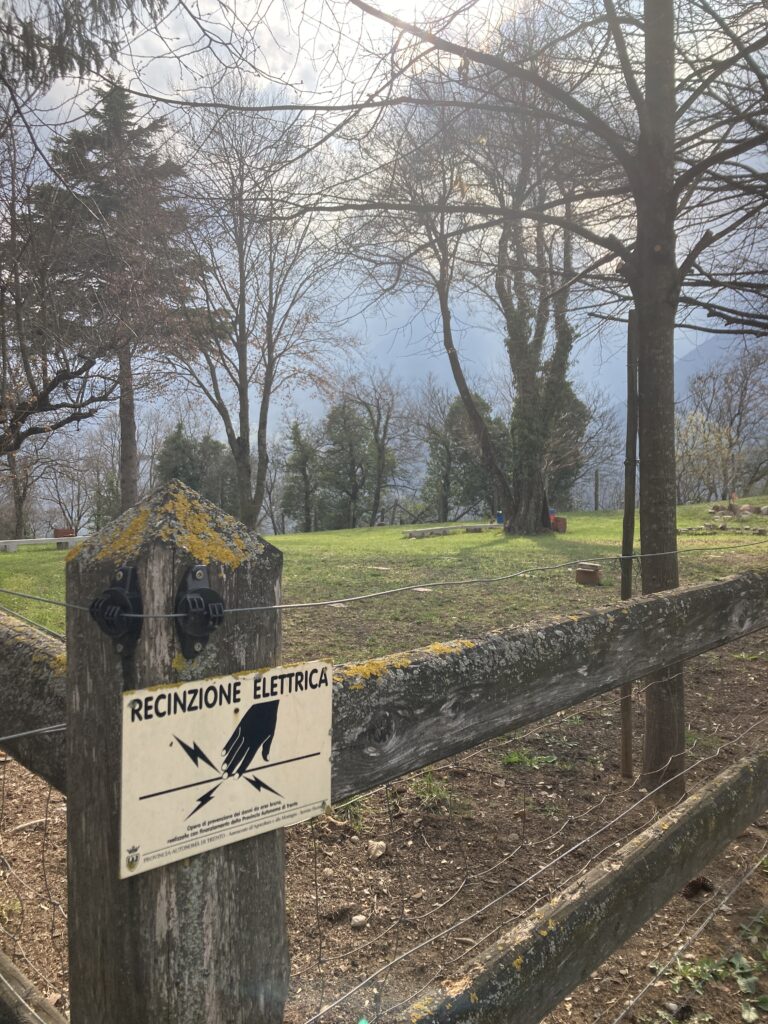
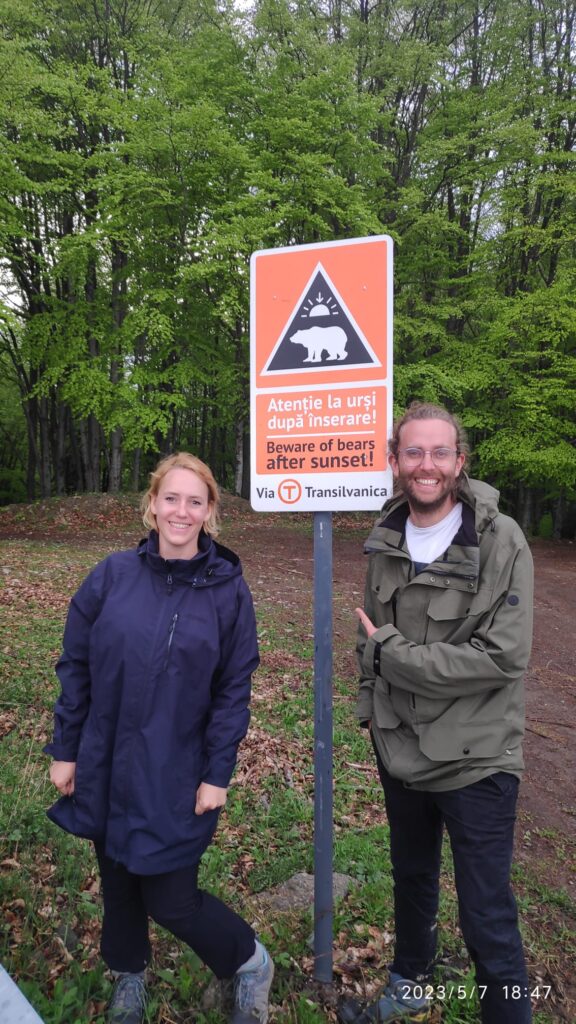
Dacia driven research
To fully grasp the subject and be able to prepare the Netherlands for cohabitation, we also needed to learn from people that already live with the bear. Together with the mentioned experts, we decided to travel to two places in Europe. First, we traveled to the Dolomite region in Italy, the birthplace of the Life Ursus project. This project relocated 10 bears from Slovenia to the Brenta National Park to boost the population of brown bears. The second trip was to the Carpathian Mountains of Romania, where the largest number of bears in Europe can be found.
We, therefore, refitted our car into a mobile research station, a microcamper. Through this designed interaction mechanism, an embedded journalistic approach, we could get close to people and nature. In addition, it gave us room for chance and improvisation of the journey, experience the distance between us and the bear, the landscape and we could actively expand our territory as artists.
In Germany, Italy, and Switzerland, we visited museums displaying ‘problem bears’ (bears that migrated from Italy) as stuffed trophies. We spoke with museum directors Ueli Rehsteiner and Giovanni Ruatti about the perception of bears, the area’s history, and the reasons for the exhibitions. In Germany, we met JJ1, also known as Bruno. He wandered into Germany from Austria in 2006. However, the bear was quickly labeled ‘dangerous’ and killed. Bruno was then stuffed and is now displayed in a museum in Munich. In the Dolomites, where bears were once scarce and have now been successfully reintroduced, we collected stories from farmers and beekeepers about cohabitation and the changes they had to implement. What stood out was the nuanced story they told. These experiences strongly reinforce the idea that the media tells a polarizing story. We also spoke with zoologist Filippo Zibordi of the Life Ursus project, which played a key role in the reintroduction, and visited ethnographic museums to understand the cultural story. Our second trip took us to Romania, home of Europe’s largest bear population. We spoke with shepherds, conservationists like Gabriel Paun, forest manager Mihai Pop with a doctorate in bear research, and wildlife photographers, each with their unique insights and experiences.
For our artistic research, we captured and collected various items with photogrammetry software
An open dialogue about
Dutch nature
The insights and outcomes from the research are developed in a documentary and artistic audiovisual installation. Both are designed to open a dialogue with Dutch society about our vision of nature. But each medium has a different purpose. With the audiovisual installation, we want to highlight the speculative aspect of our research. To enhance the emotional experience, we collaborated with a musician and a physical theater maker to approach the concept of the bear both physically and sonically. This collaboration will create fertile ground to translate the human emotion, make the knowledge palpable en give the project a speculative and emotional embodiment. The documentary will also have a speculative component but focuses more on the current situation. We’ll use the documentary as a substantiation and visualization of our research.